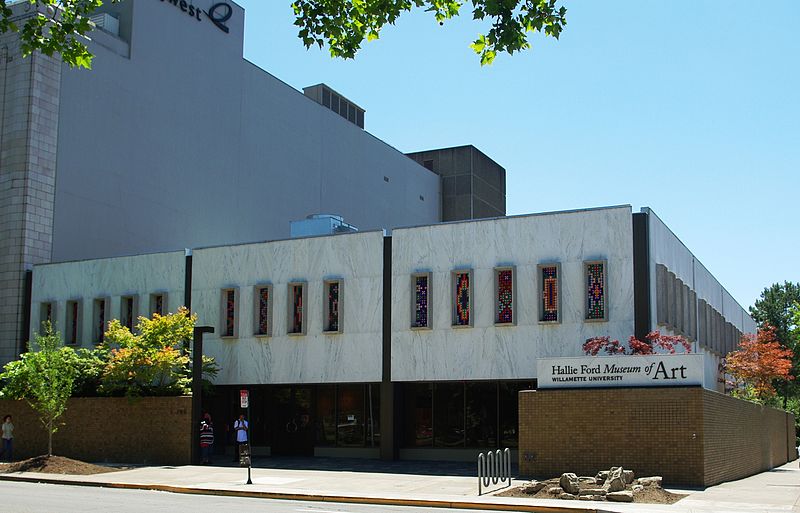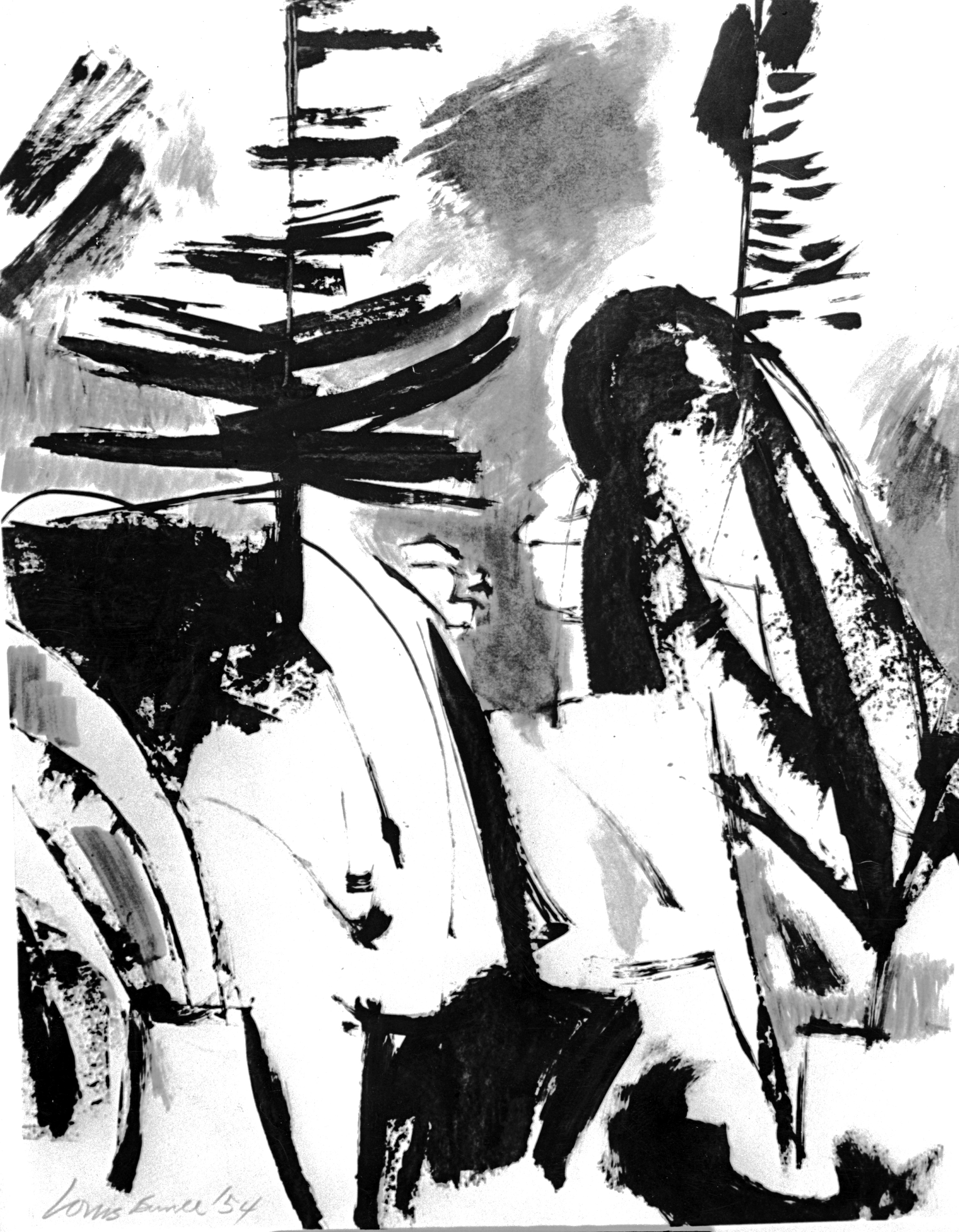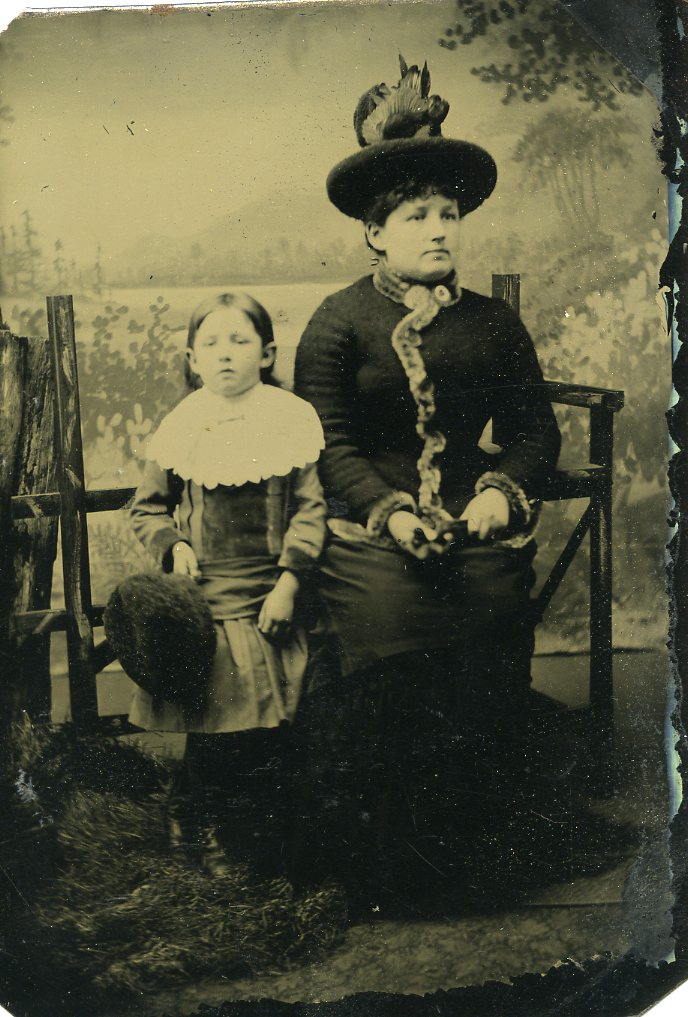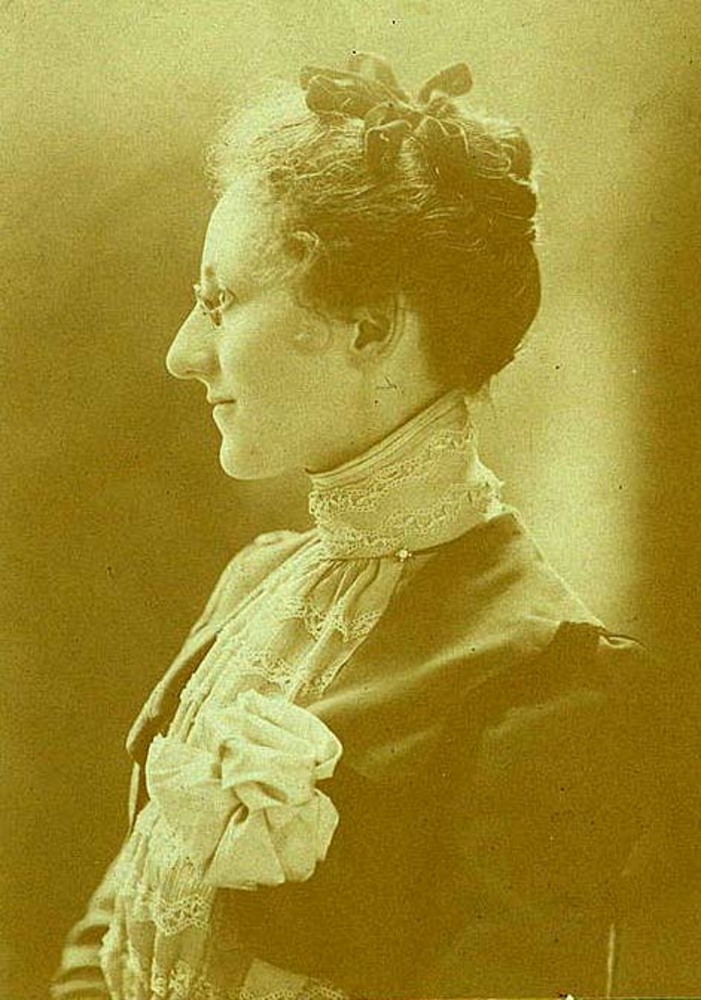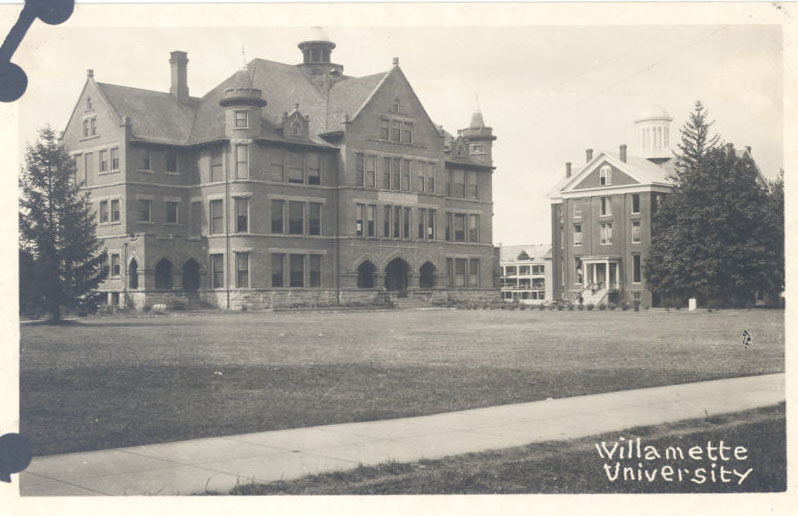The Hallie Ford Museum of Art at Willamette University has only been in existence since 1998, but it has quickly established itself as a venue for displaying the work of Northwest and Native American artists, as well as significant historical exhibitions. Critics and artists alike recognize the Salem museum as a strong supporter of Oregon and Washington artists.
The museum is an important repository for Northwest and international art. Its permanent collection includes pieces of Egyptian art, Greek pottery, Roman glass, Chinese and Japanese ceramics, Meso-American art, Native American baskets, vases that date from the seventh to the third century B.C.E., works by artist Carl Hall, and prints by Frank Boyden, William Hogarth, and Auguste Rodin.
Faculty curator and art historian Roger Hull and museum Director John Olbrantz have curated major solo exhibitions for such Northwest artists as Fay Jones, Carl Hall, Charles Heaney, George Johanson, and Harry Widman; and anthropologist and faculty curator Rebecca Dobkins has helped the museum forge a strong relationship with Native artists. In 2005, for example, Toi Maori Aotearoa selected Salem as one of three cities in the world to display an exhibition of intricate weavings of New Zealand’s Maori people; and in 2008, Dobkins curated The Art of Ceremony, an unprecedented exhibition of ceremonial regalia for the nine recognized Oregon tribes. The museum’s third faculty curator, art historian and archaeologist Ann Nicgorski, has strengthened the collections and exhibitions in ancient and medieval art.
In 1990, Mark and Janeth Sponenburgh donated 250 art objects to Willamette University, which set the stage for discussions, led by Hull, about creating a museum. Willamette had a legacy of teaching art since the nineteenth century and was host to noted art professors Carl Hall and Constance Fowler. That commitment to art—along with the university’s collection of French Barbizon paintings and nearly 260 Native American baskets acquired in the 1940s—helped support the argument for a museum. A $2 million donation from philanthropist Hallie Ford brought the idea to life.
In 1996, Willamette purchased a 27,000-square-foot building on the corner of State and Cottage streets, one block west of campus. Jon Wiener, of Soderstrom Architects in Portland, redesigned the interior of the 1965 building. The new museum opened in October 1998 with two temporary and four permanent galleries: the Carl Hall Gallery for historic and modern regional art; the Confederated Tribes of Grand Ronde Gallery for Native American baskets; the Mark and Janeth Sponenburgh Gallery to house a study collection of European, Asian, and American art; and the Print Study Center for a collection of works on paper. John Olbrantz was the first director, and he leads the museum today.
The museum hosted its first significant historical art exhibition in 2000, The Best of Both Worlds: Human and Divine Realms in Classical Art, a collection of Greek and Roman works from the Museum of Fine Arts in Boston. In the Fullness of Time: Masterpieces of Egyptian Art from American Collections, organized by Olbrantz and Egyptologist James Romano, followed in 2002.
The Hallie Ford Museum of Art hosts lectures, films, panel discussions, artist demonstrations, and workshops. The museum has published eleven books and monographs and co-published two books to accompany exhibitions. At least a dozen exhibitions have traveled to other regional and national museums. The museum has a full-time staff of eight and about 30,000 visitors a year.
-
Hallie Ford Museum of Art, Salem.
Courtesy M.O. Stevens
-
![]()
Hallie Ford Museum of Art, Salem.
Courtesy Willamette University
Related Entries
-
Hallie Brown Ford (1905-2007)
Hallie Brown Ford was a philanthropist who gave millions to support the…
-
![Louis Bunce (1907-1983)]()
Louis Bunce (1907-1983)
Louis Bunce, a major painter and printmaker beginning in the 1930s, is …
-
![Manuel Izquierdo (1925 - 2009)]()
Manuel Izquierdo (1925 - 2009)
Manuel Izquierdo, who arrived in Portland in 1942 as a teenaged refugee…
-
![Maude Walling Wanker (1882 - 1970)]()
Maude Walling Wanker (1882 - 1970)
Artist Maude Wanker is perhaps best known for her prowess in watercolor…
-
![Myra Albert Wiggins (1869-1956)]()
Myra Albert Wiggins (1869-1956)
Myra Albert Wiggins was a painter and photographer who gained recogniti…
-
![Willamette University]()
Willamette University
Willamette University, the oldest university in the West, was founded i…
Map This on the Oregon History WayFinder
The Oregon History Wayfinder is an interactive map that identifies significant places, people, and events in Oregon history.
Further Reading
Dobkins, Rebecca. "Life Stories for New Generations: The Living Art of Oregon Tribal Regalia." Oregon Historical Quarterly 110.3 (Fall 2009): 420-39.



